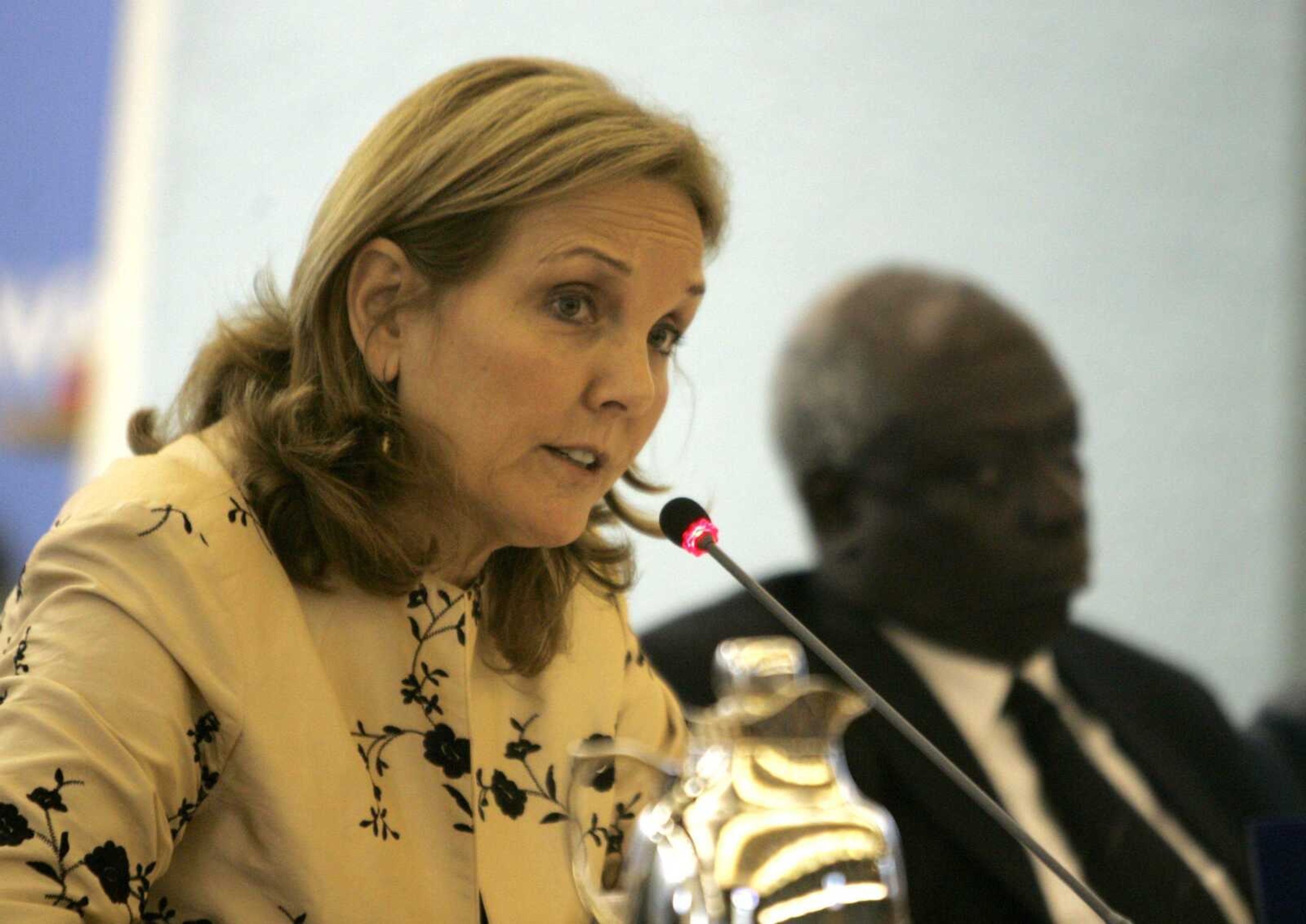U.N.: Record 1 billion go hungry
NAIROBI, Kenya -- Parents in some of Africa's poorest countries are cutting back on school, clothes and basic medical care just to give their children a meal once a day, experts say. Still, it is not enough. A record 1 billion people worldwide are hungry and a new report says the number will increase if governments do not spend more on agriculture. According to the U.N. food agency, which issued the report, 30 countries now require emergency aid, including 20 in Africa...
NAIROBI, Kenya -- Parents in some of Africa's poorest countries are cutting back on school, clothes and basic medical care just to give their children a meal once a day, experts say. Still, it is not enough.
A record 1 billion people worldwide are hungry and a new report says the number will increase if governments do not spend more on agriculture. According to the U.N. food agency, which issued the report, 30 countries now require emergency aid, including 20 in Africa.
The trend continues despite a goal set by world leaders nine years ago to cut the number of hungry people in half by 2015.
"It's actually a world emergency that calls for action from both developing and developed countries," said Otive Igbuzor, the head of international campaigns for ActionAid International.
"We know a child dies every six seconds of malnutrition," he said.
Spiraling food prices have added to hardships, especially in the world's most desperate countries where the poor could barely afford a single daily meal to begin with. The inflated prices -- which caused riots across the globe last year -- have stabilized but remain comparatively high, especially in the developing world, said Jacques Diouf, director general of the U.N. Food and Agriculture Organization.
In Somalia, ravaged by violence and anarchy for almost two decades, the monthly expenditure for food and other basic needs for a family of six has risen 85 percent in the past two years, said Grainne Moloney of the Somalia Food Security and Nutrition Analysis Unit.
On average, such a family spent $171 in September this year, compared with $92 for the same amount of food and other needs in March 2007, said Moloney, a nutrition expert for the Horn of Africa nation.
"Families are cutting out the school, cutting out the clothes. A lot of them are going for cheaper cereals," said Moloney, adding that despite those desperate measures, one in five children in Somalia is acutely malnourished.
Igbuzor said the trend can be seen in impoverished countries across Africa.
In Kenya, herders have seen scores of their animals die and crops have withered because of drought. Today, 3.8 million people in Kenya need food aid, up from 2.5 million earlier in the year.
After worldwide gains in the fight against hunger in the 1980s and early 1990s, the number of undernourished people started climbing in 1995, reaching 1.02 billion this year amid escalating food prices and the global financial meltdown, the FAO said in its Wednesday report.
The long-term trend is due largely to reduced aid and private investments earmarked for agriculture since the mid 1980s, the Rome-based agency said in its State of Food Insecurity report for 2009.
In 1980, 17 percent of aid contributed by donor countries went to agriculture. That share was down to 3.8 percent in 2006 and only slightly improved in the last three years, Diouf said.
"In the fight against hunger the focus should be on increasing food production," Diouf said. "It's common sense ... that agriculture would be given the priority, but the opposite has happened."
The decline may have been caused by low food prices that discouraged private investment in agriculture and competition for public funds from other aid fields, including emergency relief, said FAO economist David Dawe.
Governments and investors may also have chosen to put their money into other economic sectors because agriculture's share of the economy in some developing countries dropped as people moved to cities and found work in industry.
But agriculture still needs sustained investment to feed people in developing countries, Dawe said.
The world's most populous region, Asia and the Pacific, has the largest number of hungry people -- 642 million -- followed by Sub-Saharan Africa with 265 million.
Diouf said world leaders are starting to understand that investment in agriculture must be increased. He cited the goal set by the Group of Eight summit in L'Aquila, Italy, in July to raise $20 billion to help farmers in poor countries produce more -- a shift from previous emphasis on delivering food aid.
However, more investments will be needed to fulfill pledges like the U.N. Millennium Development Goals, which aim to halve the number of those living in hunger and poverty by 2015, the report said.
The FAO says global food output will have to increase by 70 percent to feed a projected population of 9.1 billion in 2050.
To achieve that, poor countries will need $44 billion in annual agricultural aid, compared with the current $7.9 billion, to increase access to irrigation systems and modern machinery as well as build roads and train farmers.
----
Associated Press writer Ariel David reported from Rome.
Connect with the Southeast Missourian Newsroom:
For corrections to this story or other insights for the editor, click here. To submit a letter to the editor, click here. To learn about the Southeast Missourian’s AI Policy, click here.










